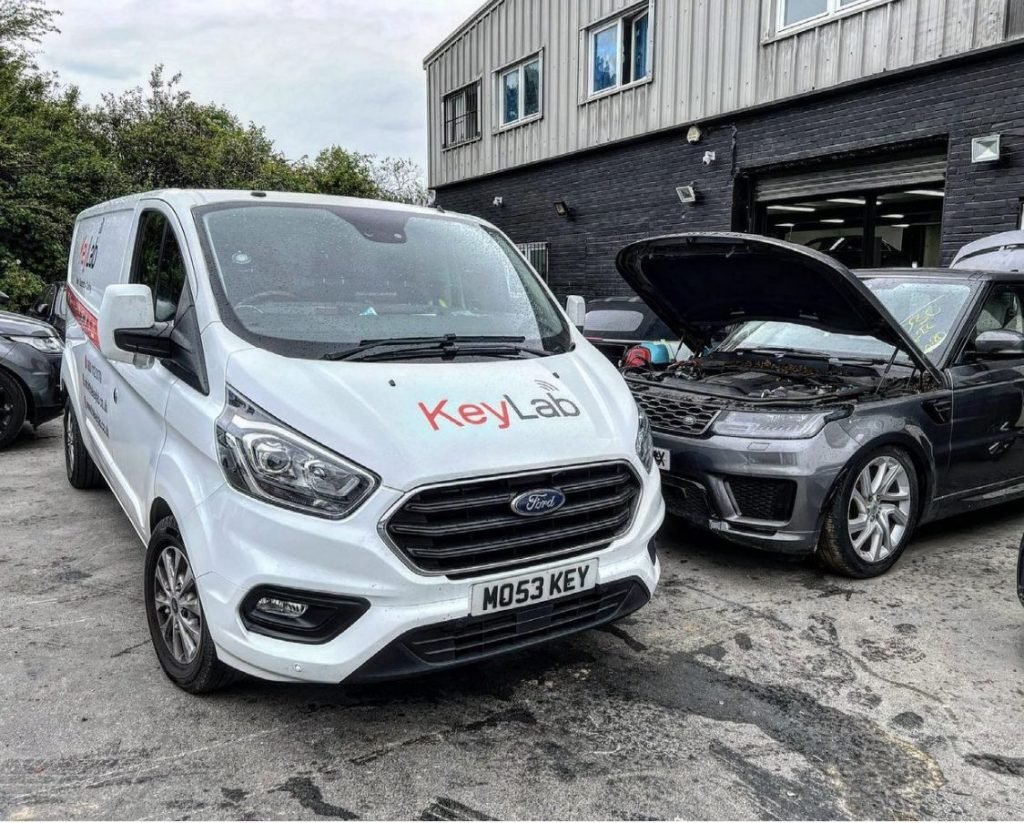Automotive Diagnostics
There are a variety of diagnostic tools that are suitable to diagnose automotive issues. These include back-pin probing, Pattern recognition algorithms, and Component failure warning systems. These diagnostic tools can help you communicate via remote assistance services, in addition to identifying the problem with the component. These tools are crucial in making sure that your vehicle is safe on the road.
Component failure warning system

Modern automobiles have many electronic and internal systems that track how the vehicle is performing. These systems can be caused by an issue. A warning signal will be given to the driver when a component of the vehicle is not working properly. Some warning lights will signal a minor issue, such as a loose gas cap, while others could indicate the existence of a bigger issue.
diagnostics car that detects malfunctions can store information that can help repair technicians to identify the issue and fix it. The repair technician can quickly solve the issue if it is discovered in time. A car owner can improve its safety and lower maintenance costs by following these tips.
Modern vehicles have an onboard computer diagnostics system that constantly monitors all functions and systems. It also monitors fuel consumption and harmful emissions. When a component failsto function, an alert light will be displayed on the dashboard. This system, known as OBD is found on personal vehicles, trucks and commercial vehicles. It's now an accepted procedure in the industry and makes diagnosing much easier.
These warnings are referred to as Diagnostic Trouble Codes (or DTCs) and are the result of a diagnosis process to identify the root of the issue. Diagnostics require a thorough search for service information and pin-point testing of the vehicle, and then examining the affected areas. To accurately diagnose the issues with a vehicle it is essential to comprehend the meaning of these codes.
Communication between an automobile and the remote assistance facility
For remote assistance facilities to be able to work with your vehicle you must be able to communicate with it. V2V communication (vehicle-to-vehicle) is a way to communicate with other vehicles wirelessly and exchange data. This technology allows the transmission and reception of omnidirectional messages up to 10 times per minute. It assists vehicles to keep a the full view of their surroundings. It can also utilize information from nearby vehicles to warn drivers of potential accidents. These systems can also utilize audible, tactile and visual alerts to help drivers avoid accidents.
Back-pin looking
Back-pin probing is a technique in automotive diagnostics that utilizes a sharp pin to make contact with automotive connectors. These probes are typically cheap and can be found on all models of vehicles. They are useful for making live circuit measurements without causing damage to connectors. This method is a way to avoid the need for puncturing the wire insulation.
The use of back-probing in automotive diagnostics is preferred by many repair technicians due to the fact that it is safer and more convenient than cutting wire insulation. These tools can be easy to insert into connectors for automotive use using a variety of tips. Many back-probes made specifically for this purpose have a small diameter that reduces the leverage applied to the connector.
Many automotive diagnostic kits include various connectors and probes, like banana plugs and alligator clips. Some kits also come with various tests kits. These kits let you quickly and easily look for possible issues with your vehicle's electrical system.
Back-pin probing is one of the most efficient methods to test automotive connectors. It allows you to quickly connect or disconnect the test leads. This method of diagnosis is cost-effective. This method can help save a lot of time, effort as well as money.
On-board diagnostics
On-board diagnostics in automotive systems can provide drivers with crucial information about the health of their vehicle. They will also be notified that their vehicle is in need of repairs or maintenance. This technology could improve the efficiency of your vehicle and increase its reliability. This technology is used to improve safety and engine performance by car manufacturers. These systems also assist drivers in saving time and money by allowing them to know how their vehicle is performing without needing to visit a mechanic.
Before the advent of standard on-board diagnostics manufacturers had to develop their own systems. Early versions of the system had their own proprietary connectors, electronic interfaces, and custom codes that were utilized to report a problem. The first systems were released in the years 1968 and 1978 by Volkswagen and Datsun. The Society of Automotive Engineers (SAE) eventually demanded that all cars have the technology. California also required that all vehicles must have on-board diagnostics as of 1994.
The on-board diagnostics systems are so sophisticated that they can run with the same computing power as a desktop computer. They are compatible with various mid-speed networks and are capable of handling massive quantities of data. A majority of on-board diagnostics systems come with an auto speed sensor which detects rough roads with precision. These sensors are integrated into the engine control module of the vehicle, or ECU.
If a vehicle's engine is experiencing problems, the OBD system can detect the issue and then turn on an alert light in the instrument cluster. After the OBD system has identified the issue it saves a diagnostic code. To access the trouble code the mechanic must connect an OBD scanner to the OBD connector beneath the dashboard. A mechanic may not be able of reading the trouble code, however, it could help him figure out what's wrong.
